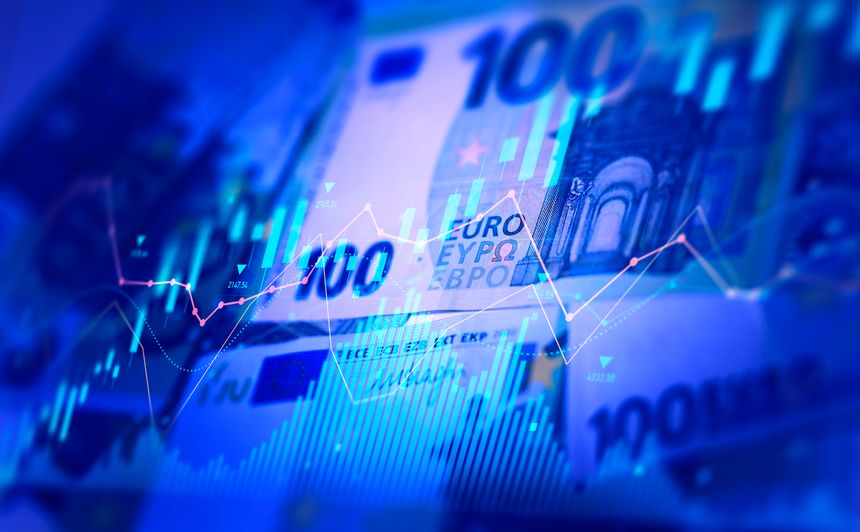On 21 April, the EU Blockchain Observatory & Forum (an initiative of the European Commission to accelerate blockchain innovation within the EU) published a paper entitled “Convergence of Blockchain, AI and IoT”. This is the latest in its series of thematic reports on selected Blockchain-related topics, informed by the Observatory & Forum’s working groups and various academic and legislative sources.
The paper looks at how the Internet of Things (IoT) and artificial intelligence (AI) are (or could be) used, and how blockchain technology could both be of benefit to, and benefit from, AI and IoT, with accompanying use cases.
The authors then set out some challenges and risks which they have identified, concluding with a set of eight very high-level recommendations for policy-makers, on the joint themes of promotion and regulation of the technologies and potential points of convergence (such as to ensure adequate and targeted funding, and to consider any adaptation of regulatory processes).
Benefits
The authors admit that some of the potential benefits which they identify are largely conceptual at present – for example, blockchain allows decentralisation which could benefit IoT by packaging data and sharing it P2P (which avoids issues such as vendor lock-in and could be more scalable, robust, and direct than centralised, cloud-based, solutions). However, this assumes that blockchain technology “evolves to the point that it can handle the high volumes needed for many IoT settings. That is not the case today.”
The place where the “convergence” between all the three technologies - the centre of the Venn diagram - seems strongest is in the area of data. Put simply, IoT devices generate vast amounts of data and blockchain technologies can structure and verify the provenance of the data. That data can then be used to generate AI models with clear data provenance and audit trails, which can provide transparency and potentially a degree of traceability of data when it is then processed in a model or system.
As an illustration of this convergence, the authors use the idea of a “smart city” and provide two specific use cases within this context – managing infrastructure (e.g., waste and energy management; public transport) and quality of life (e.g., urban planning; public healthcare; smart parking).
Challenges and risks
The “Challenges and Risks” are divided into three categories:
1. Technological: one rather fundamental challenge identified is that at the moment the tech is not up to scratch. The authors highlight for blockchain technology in particular the challenges of scalability and interoperability, on which topic the Observatory & Forum have written a separate paper (here).
2. Legal and regulatory: blockchain technology is the centre of attention (given the authors’ field of expertise) – briefly touching on the well-explored avenues around the need to reconcile the peculiar attributes of blockchain (such as immutability) with law and regulation (such as the EU’s GDPR). For more on this topic, please see our paper “Marchof the blocks: GDPR and the blockchain”.
3. Governance, privacy and ethics: this brief section is also understandably focused on data, as the envisaged large-scale generation, capture and utilisation of data envisaged by many of the use cases (such as the smart city, where the authors note that “the movement of every citizen can potentially be recorded”) would need careful scrutiny and regulation.
Comment
This paper provides a useful short introduction to each of blockchain, AI and IoT technologies, and offers some intriguing possibilities for the future, albeit with some common-sense warnings. Yet it is clear that for the aspirations framed here to come to fruition each technology individually, and together their ability to interact seamlessly with each other, will need to improve.



/Passle/5badda5844de890788b571ce/SearchServiceImages/2025-12-19-12-16-27-658-6945421bf50c4cde376da9e9.jpg)
/Passle/5badda5844de890788b571ce/SearchServiceImages/2025-12-11-18-24-43-039-693b0c6b83358cbce8045f47.jpg)
/Passle/5badda5844de890788b571ce/SearchServiceImages/2025-12-10-19-35-06-080-6939cb6aff5faebc0652f25c.jpg)
/Passle/5badda5844de890788b571ce/SearchServiceImages/2025-12-09-16-58-14-441-693855262b43241fe1633236.jpg)